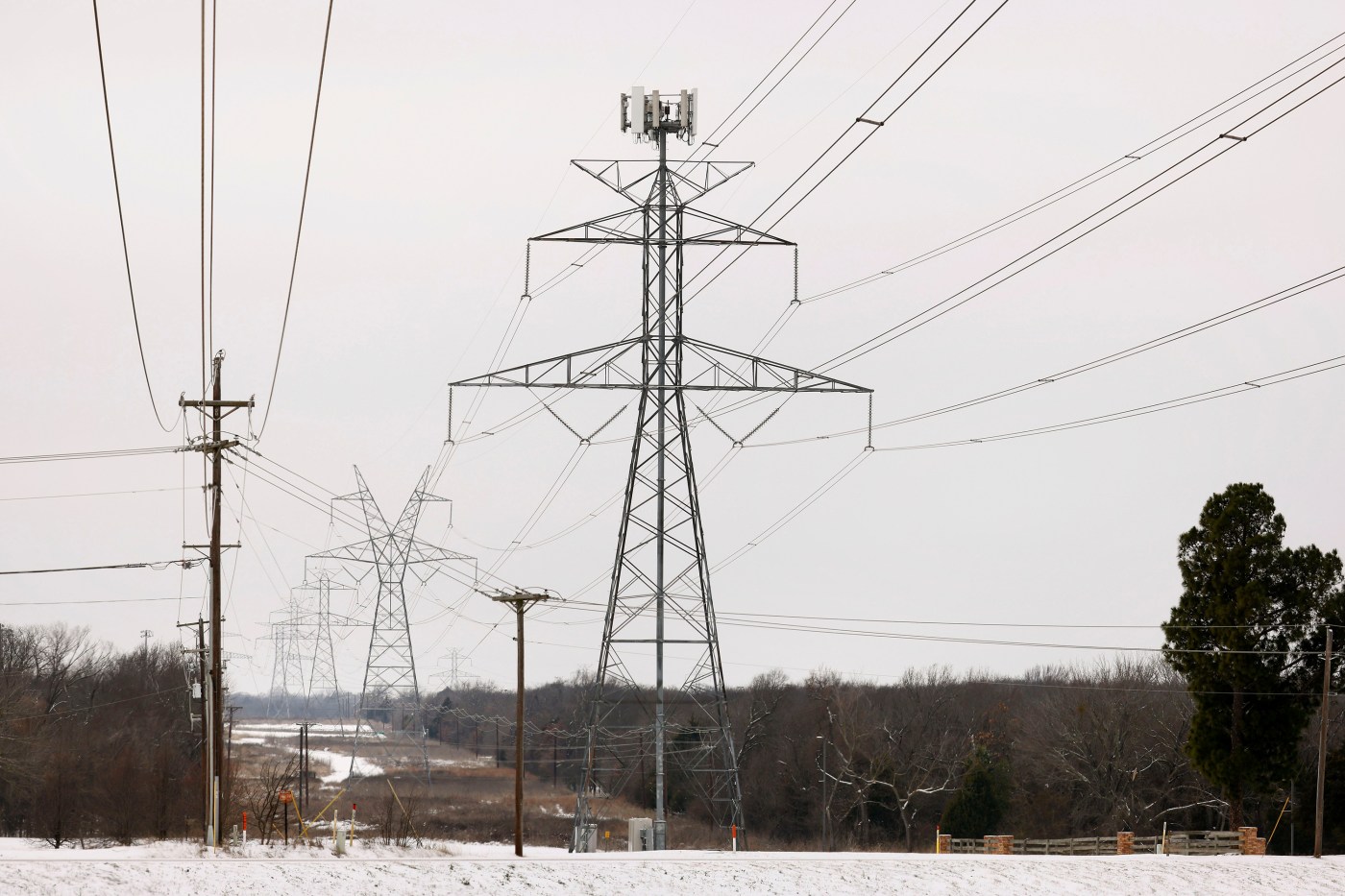
Furchtgott-Roth: Houston storms show downside of forced electrification
We live in a world with more and more devices that require charging, and nothing shows the downside of that better than the recent storm that hit Houston, where thousands of residents still lack power.
Houstonians with electric stoves can’t cook, those with electric water heaters lack hot water – and those with electric cars can’t charge them.
The range of an EV without electricity is zero. But President Joe Biden’s Environmental Protection Agency and Department of Transportation are requiring that 70% of new cars and 25% of new trucks sold in 2032 be electric.
Biden’s Energy Department has issued final regulations that most stoves sold must be electric by 2028, and most water heaters must be electric by 2029. These appliances are not only more expensive, they don’t work without electricity.
The latest report from the Institute of Energy Research, released earlier this month, shows that the United States has 4 quadrillion cubic feet of natural gas, enough for 130 years; 1.7 trillion barrels of oil, more than five times the reserves of Saudi Arabia, enough for 227 years; and 470 billion short tons of coal, enough for 485 years, and 50% more than Russia. These are all recoverable with current technology, and as technology advances, America’s resources will expand.
Although America has centuries of reserves, the Biden administration wants to use wind turbines and solar panels to power electricity. Electricity made from wind and solar power is intermittent, and is less resilient and reliable than continuous energy from nuclear, coal, and natural gas. Wind farms require backup natural-gas power plants to start up when the wind stops blowing, and solar arrays require battery storage for when the sun doesn’t shine.
The Houston crisis dramatically illustrates that not only will forced electrification lead to higher energy prices, but it will reduce economic resilience. Natural gas pipelines are buried underground, but electric transmission cables and towers are out in the open. That is why major storms lead to electricity blackouts but not natural-gas blackouts.
The Biden administration’s goal is for the forced electrification through wind and solar to reduce global temperatures. But even if America used no fossil fuels at all, starting now, this would make a difference of only 0.2 degrees Celsius by 2100, according to government models.
Costs of integrating renewables into America’s electricity grid underestimate the resilience needed for renewable infrastructure against storms, tornadoes, and hurricanes.
Through multiple regulations the Biden administration is attempting impose electrification on Americans and to end the use of fossil fuels. But EVs, electric water heaters, and electric stoves don’t operate during blackouts. Houston residents today, together with all Americans, need a resilient power grid that will continue to provide electricity during storms.
Diana Furchtgott-Roth is the director of The Heritage Foundation’s Center for Energy, Climate and Environment./Tribune News Service


